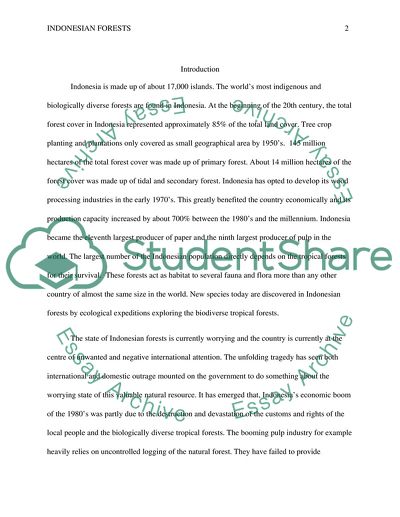Cite this document
(Indonesian Forest Degradation and Deforestation Research Paper, n.d.)
Indonesian Forest Degradation and Deforestation Research Paper. Retrieved from https://studentshare.org/environmental-studies/1762026-forests-in-indonesia
Indonesian Forest Degradation and Deforestation Research Paper. Retrieved from https://studentshare.org/environmental-studies/1762026-forests-in-indonesia
(Indonesian Forest Degradation and Deforestation Research Paper)
Indonesian Forest Degradation and Deforestation Research Paper. https://studentshare.org/environmental-studies/1762026-forests-in-indonesia.
Indonesian Forest Degradation and Deforestation Research Paper. https://studentshare.org/environmental-studies/1762026-forests-in-indonesia.
“Indonesian Forest Degradation and Deforestation Research Paper”, n.d. https://studentshare.org/environmental-studies/1762026-forests-in-indonesia.


